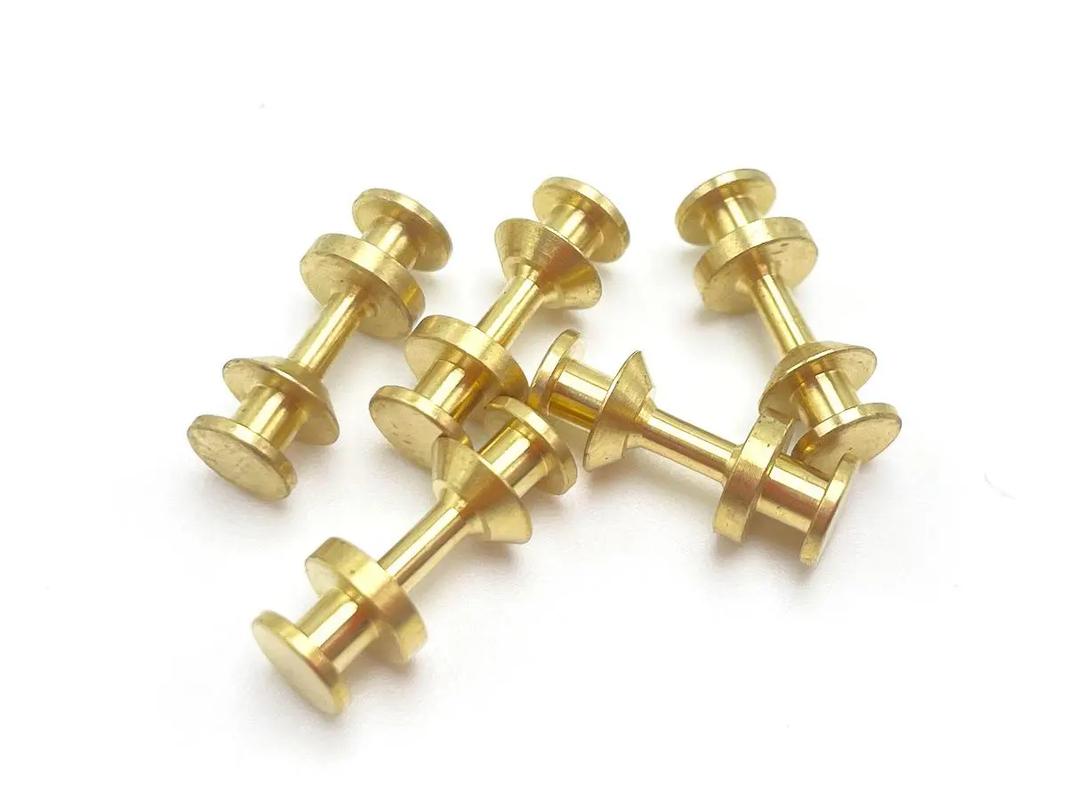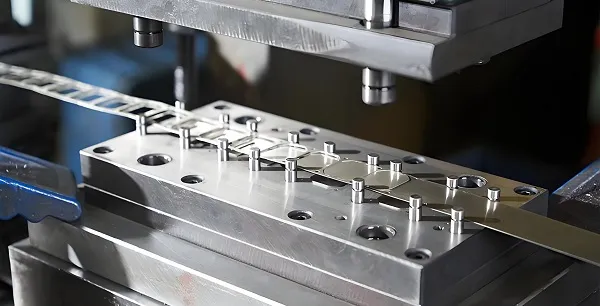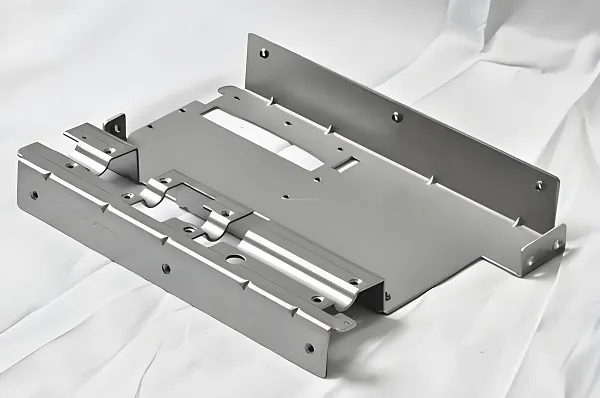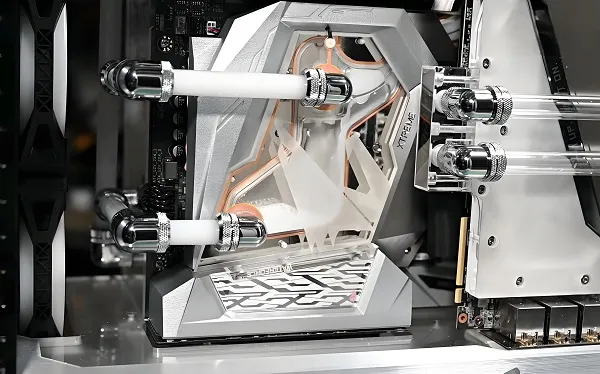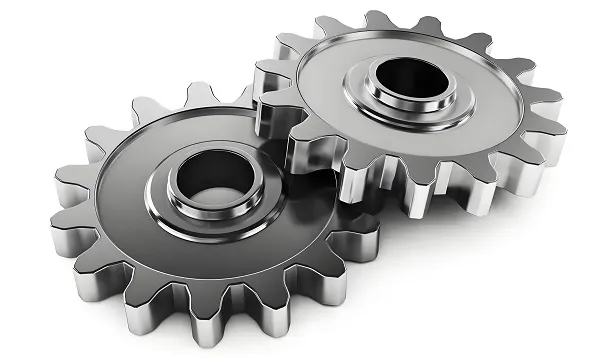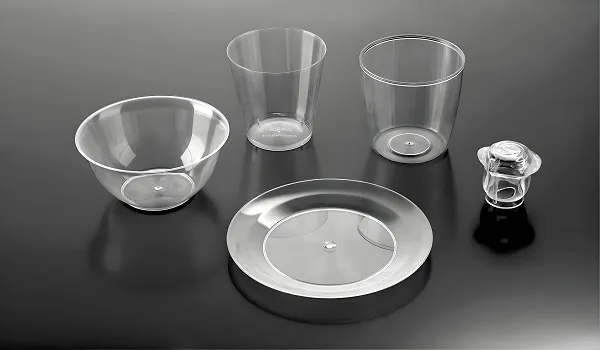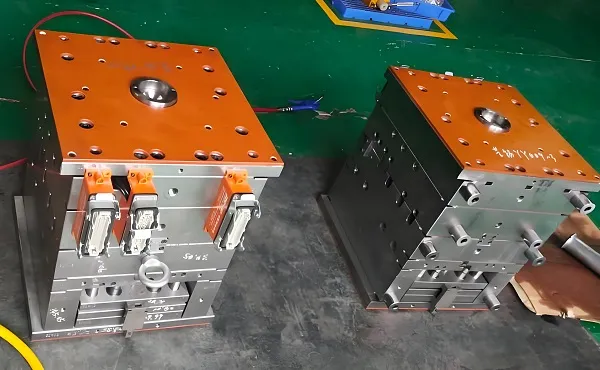In the fast-paced world of product development, custom CNC parts have emerged as a cornerstone of modern manufacturing, offering unparalleled precision and flexibility across industries. The global custom online CNC machining service market, valued at (5.88 billion in 2025, is projected to grow at a remarkable CAGR of 16.73% from 2026 to 2033, reaching )14.88 billion by 2033. This growth reflects the increasing demand for precision components and the expanding adoption of digital manufacturing solutions worldwide.
Defining Custom CNC Parts
Custom CNC parts refer to precision-machined components tailored to specific design requirements, produced using computer numerical control (CNC) machines. These parts are created through a subtractive manufacturing process where raw materials are precisely cut, shaped, and finished according to digital designs. The customization aspect allows for the production of complex geometries and tight tolerances that would be difficult or impossible to achieve with traditional manufacturing methods.
The CNC Machining Process
The CNC machining process is a complex and delicate process that involves several key steps:
- Process Analysis
Drawing analysis: Analyze the part drawings in detail to clarify the material, shape, size and technical requirements of the processing object.
Process determination: According to the results of drawing analysis, determine the appropriate processing technology, including machine tool selection, fixture design, tool selection, etc.
- Programming and Simulation
Program writing: Use professional programming software (such as Mastercam, UG, Pro/E, etc.) to write processing programs according to drawings and process requirements.
Simulation verification: In the programming software or in combination with CNC simulation software (such as Vericut), the program is fully simulated and verified to ensure that the tool path is reasonable and there is no overcutting or undercutting.
- Preparation
Tool and material preparation: Prepare the required tools, fixtures and materials according to the requirements of the processing procedure.
Workpiece clamping: Install the workpiece to be processed on the workbench of the CNC machine tool and fix it firmly with a clamp to ensure the correct position and posture of the workpiece.
- Processing
Start processing: After confirming that everything is ready, start the CNC machine to start processing.
Monitoring and adjustment: During the processing, the processing status is continuously monitored, including cutting force, temperature, vibration and other parameters, and the cutting parameters are adjusted in time or other measures are taken according to the actual situation to ensure the processing quality and efficiency.
- Inspection and Quality Control
Workpiece inspection: After processing, use measuring tools to check whether the size and shape of the workpiece meet the requirements.
Quality control: Unqualified workpieces need to be repaired or reprocessed to ensure product quality.
- Post-processing and delivery
Post-processing: Perform necessary post-processing work on qualified workpieces, such as deburring, cleaning, etc.
Delivery: Deliver the processed workpiece to the customer or enter the next production link.
Tolerances: The Measure of Precision
Tolerances are critical in CNC machining, as they determine the allowable variation from the specified dimensions. “At Protolabs, our standard prototype and production machining tolerance is +/- 0.005 in. (0.13 mm). But if you need greater accuracy, there’s our standard precision or production machining tolerance of +/- 0.002 in. (0.051 mm). We’re also able to hold +/- 0.0002 in. (0.00508 mm) on reamed holes, and +/- 0.002 (0.051 mm) on feature locations, provided those features are machined on the same side of the part.”
In highly demanding industries like aerospace, even tighter tolerances may be required. “Strict tolerances as tight as 0.00004 inches are not uncommon, and there are usually strict requirements for flatness, roundness, and cylindricity, which can only be achieved through computer-controlled machining.”
xmgoldcattle, a leading provider of CNC machining services, notes that “xmgoldcattle can manufacture and inspect to standard tight tolerances between +/- 0.001″ – 0.005″, or to the exact specifications of your project, and will include GD&T callouts.”
Materials and Applications
Custom CNC parts can be manufactured from a wide range of materials, each offering unique properties suitable for specific applications. Aluminum alloys are particularly popular for their excellent combination of strength, lightweight properties, and machinability.
“Aluminum alloys have unique material advantages that make them ideal for prototyping:
Lightweight: The density of aluminum alloy is only one-third that of steel, making it very suitable for lightweight designs in aerospace and automotive applications.
Easy to process: Its excellent cutting performance can achieve excellent surface finish, with Ra values as low as 0.8μm, ensuring functional and aesthetic quality.
Cost-effectiveness: The raw material price of aluminum alloy is low, and the processing efficiency is high (three times faster than titanium alloy), which can shorten production time and reduce costs.”
Common aluminum alloys used in CNC machining include:
- 6061-T6: High strength with a tensile strength of 310MPa, suitable for structural parts
- 7075-T6: Ultra-high strength with a tensile strength of 570MPa, commonly used in aerospace
- 5052-H32: Known for its corrosion resistance, suitable for marine environments
The aerospace industry is a major user of custom CNC parts. “Some typical applications of CNC machining in the aerospace industry include oil tanks, landing gear, engine components, oil/fuel level components, fuel access panels, single-piece aerospace components, and more.” Additionally, CNC machined aerospace parts include “titanium shrouds, bushings, wing components, manifolds, stator assemblies, magnesium gearbox housings, and electrical connectors.”
In the automotive sector, custom CNC parts include engine brackets and sensor housings, typically requiring “multi-axis milling, deep cavity machining” with tolerances of +/- 0.02 mm. Consumer electronics rely on CNC machining for “mobile phone casings and radiators” produced with “high-speed milling, high-gloss polishing” to achieve tolerances of +/- 0.05 mm and surface finishes as smooth as Ra 0.4 μm.
Case Study: Drone Frame Prototyping
A compelling example of custom CNC parts in action involves the production of drone frames: “A customer needed 50 pieces of 7075-T6 drone frames, with a 20% weight reduction, and expected delivery within 2 weeks.
Challenge: Traditional processes were expensive, at (120 per piece, and required 4 weeks for delivery. Solution: Process optimization: Using 5-axis CNC machining to optimize the topology and reduce material usage. Enhanced processing: Adopting high-speed milling combined with hard anodizing (25μm) to ensure durability and performance. Results: Cost-effectiveness: Reduced cost to )65 per piece.
Faster turnaround: Delivery time shortened to only 10 days.
Weight reduction: Achieved 25% weight reduction, exceeding customer expectations.”
Choosing a Custom CNC Parts Supplier
Selecting the right supplier is crucial for ensuring quality and meeting project requirements. When evaluating potential suppliers, manufacturers should consider several key factors:
“Assessing expertise and experience:
When evaluating potential CNC machining parts suppliers, it’s important to consider their expertise and experience in the industry. Look for suppliers who have a proven track record in producing high-quality parts and who have extensive knowledge of CNC machining processes. Additionally, check if they have experience working with your specific industry or have successfully completed projects similar to yours.”
Quality assurance measures are equally important: “Inquire about the supplier’s quality control processes and certifications. Do they follow industry standards such as ISO 9001 or AS 9100? Are they committed to continuous improvement and invest in the latest technology and inspection equipment?”
For aerospace applications, certifications are particularly critical. xmgoldcattle, for example, holds “ISO 9001:2015, ISO 13485, IATF 16949:2016, CMMC Level 2, and AS9100D certifications” and is ITAR registered, ensuring compliance with stringent industry regulations.
Manufacturing capabilities should also be evaluated: “Consider factors such as the size of their facility, available machinery, and the range of materials they can work with. Additionally, inquire about their production capacity and lead times to ensure they can accommodate your production schedule.”
The Future of Custom CNC Machining
The custom CNC machining market is poised for significant growth, driven by technological advancements and increasing demand across industries. The shift toward automation and digital transformation in manufacturing processes is enhancing efficiency and precision, further boosting the adoption of CNC machining services.
As industries continue to demand more complex and precise components, custom CNC parts will remain a vital part of modern manufacturing. The ability to produce high-quality, customized components with tight tolerances ensures that CNC machining will continue to be a cornerstone of innovation in product development and production.
